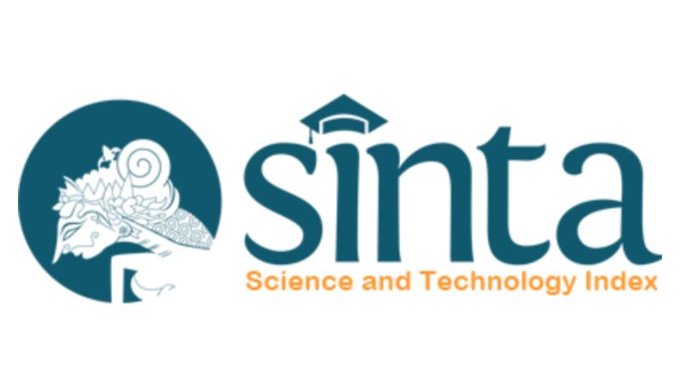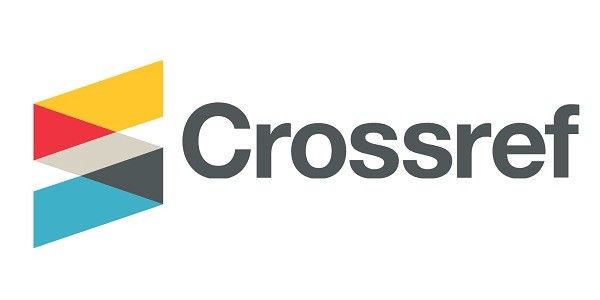Diagnosis dan Tata Laksana Intoleransi Makanan
DOI:
https://doi.org/10.55175/cdk.v49i7.250Kata Kunci:
Adverse food reaction, alergi makanan, intoleransi makananAbstrak
Intoleransi makanan adalah suatu respons non-imun yang diinisiasi oleh makanan atau komponen makanan. Intoleransi makanan diperkirakan memengaruhi 20-25% populasi dunia. Gejala yang paling sering adalah gejala saluran pencernaan. Terapi dengan cara restriksi beberapa makanan tertentu.
Food intolerance is non-immunological response initiated by a food or food component. It is estimated to affect up to 20-25% population. Gastrointestinal symptoms are the most common symptom in food intolerance. Therapy is by restriction of certain foods.
Unduhan
Referensi
Tuck CJ, Biesiekierski JR, Schmid-Grendelmeier P, Pohl D. Food intolerances. Nutrients. 2019;11(7):1684.
Crowe SE. Food allergy vs food intolerance in patients with irritable bowel syndrome. Gastroenterol Hepatol (N Y). 2019;15(1):38–40.
Lomer MCE. Review article: The aetiology, diagnosis, mechanisms and clinical evidence for food intolerance. Aliment Pharmacol Ther. 2015;41(3):262–75.
Fasano A, Sapone A, Zevallos V, Schuppan D. Nonceliac gluten and wheat sensitivity. Gastroenterology 2015;148(6):1195–204.
Guandalini S, Newland C. Differentiating food allergies from food intolerances. Curr Gastroenterol Rep. 2011;13:426–34.
Bellini M, Tonarelli S, Nagy AG, Pancetti A, Costa F, Ricchiuti A, et al. Low FODMAP diet: Evidence, doubts, and hopes. Nutrients. 2020;12(1):148.
Barrett JS, Gibson PR. Fermentable oligosaccharides, disaccharides, monosaccharides and polyols (FODMAPs) and nonallergic food intolerance: FODMAPs or food chemicals? Therap Adv Gastroenterol. 2012;5(4):261–8.
Roszkowska A, Pawlicka M, Mroczek A, Bałabuszek K, Nieradko-iwanicka B. Non-celiac gluten sensitivity: A review. Medicina (B Aires). 2019;55(6):222.
Jericho H, Assiri A, Guandalini S. Celiac disease and wheat intolerance syndrome. J Pediatr Gastroenterol Nutr. 2017;64(1):15–21.
Reese I, Ballmer-Weber B, Beyer K, Fuchs T, Kleine-Tebbe J, Klimek L, et al. German guideline for the management of adverse reactions to ingested histamine: Guideline of the German Society for Allergology and Clinical Immunology (DGAKI), the German Society for Pediatric Allergology and Environmental Medicine (GPA), the German. Allergo J Int. 2017;26(2):72–9.
Comas-Baste O, Sanchez-Perez S, Veciana-Nogues MT, Latorre-Moratalla M, Vidal-Carou M del C. Histamine intolerance: The current state of the art. Biomolecules 2020;10(8):1181.
Zopf Y, Baenkler H, Silbermann A, Hahn EG, Raithel M. The differential diagnosis of food intolerance. Dtsch Arztebl Int. 2009;106(21):359–70.
Reese I. Nutrition therapy for adverse reactions to histamine in food and beverages. Allergol Sel. 2018;2(1):56–61.
Schnedl WJ, Lackner S, Enko D, Schenk M, Holasek SJ, Mangge H. Evaluation of symptoms and symptom combinations in histamine intolerance. Intest Res. 2019;17(3):427–33.
Turner PJ, Kemp AS. Intolerance to food additives – does it exist? J Pediatr Child Heal. 2012;48(2):10-4.
Worm M. Q & A: Food additive intolerance. BMC Med. 2011;9(1):115.
Skypala IJ, Williams M, Reeves L, Meyer R, Venter C. Sensitivity to food additives, vaso‑active amines and salicylates: A review of the evidence. Clin Transl Allergy. 2015;5:34.
Unduhan
Diterbitkan
Cara Mengutip
Terbitan
Bagian
Lisensi

Artikel ini berlisensi Creative Commons Attribution-NonCommercial 4.0 International License.





















